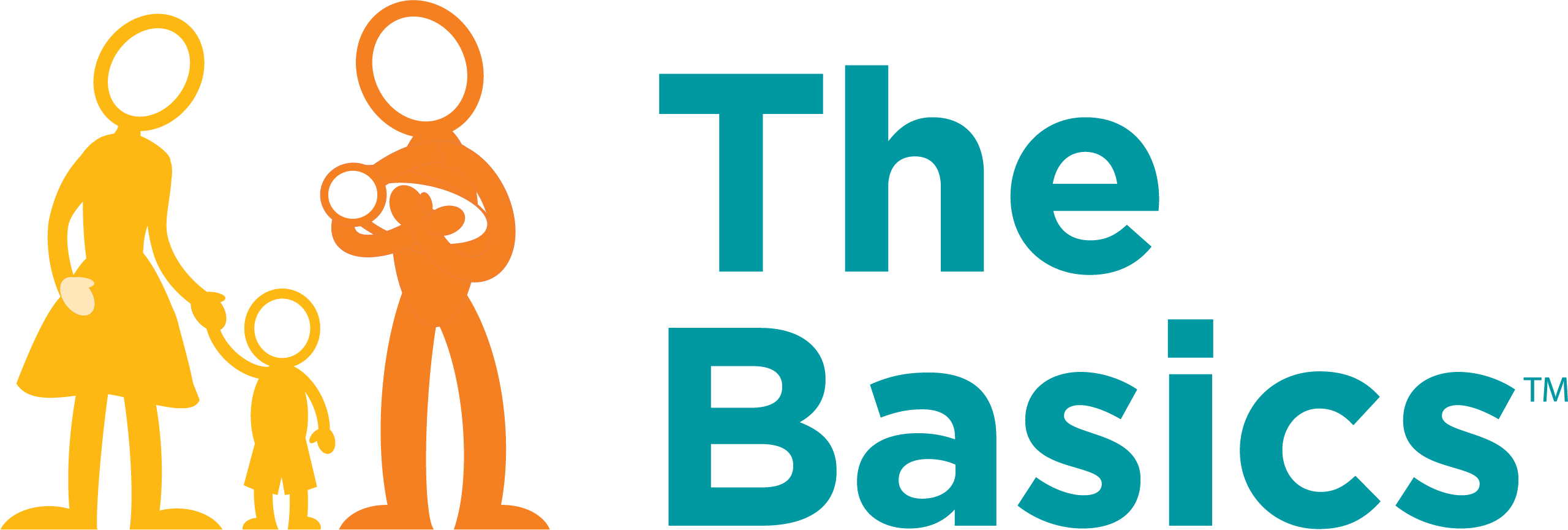Make a plan.
Help your child make a plan before they play pretend. Ask them who or what they want to be and what they need to play that role. You can offer ideas but make sure your child feels in control.
Give your child a pose or action to do. Then they have to stay still and quiet until you give them another direction. “Simon Says: pat your head…Simon Says: stomp your feet.” After they get the hang of it, let them be Simon!
Encourage your child to make predictions. “I wonder what will happen if you mix the red and green paint?” You could remind them of a time they did something similar. Then see if their prediction comes true.
See if your child can think about different ways to solve a problem. When a toy breaks, they could play doctor and send it to the hospital, or they could pick a different toy to play with.
Help your child count groups of objects that are a little larger than the numbers they know well.
Choose something fun that’s coming up for your child, like a visit with a grandparent. Count the days until the event and lay out an item for each. So, if the event is 6 days away, place 6 coins on the table.
Count and find numbers in your community! You could count the sidewalk squares or look for numbers on signs.
Walk outside and talk about how objects fit into categories. See how many different leaves or different flowers your child can find. Point out ones that might not be obvious. ‘Look at that tulip. It has pink petals and a long stem.’
Match and sort objects by their features like color, shape, size, or what they do. For example, your child can help sort the silverware when you put it away.
Do a puzzle (you can make one by drawing a picture and cutting it into a few pieces). If your child needs help, give hints using position words like “below” or “above.”
